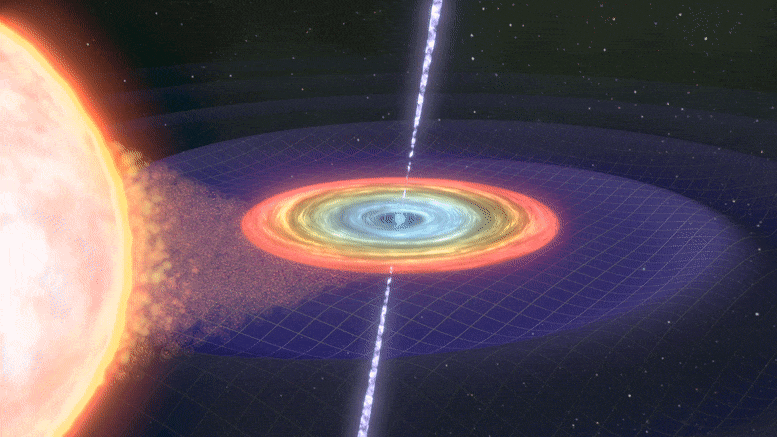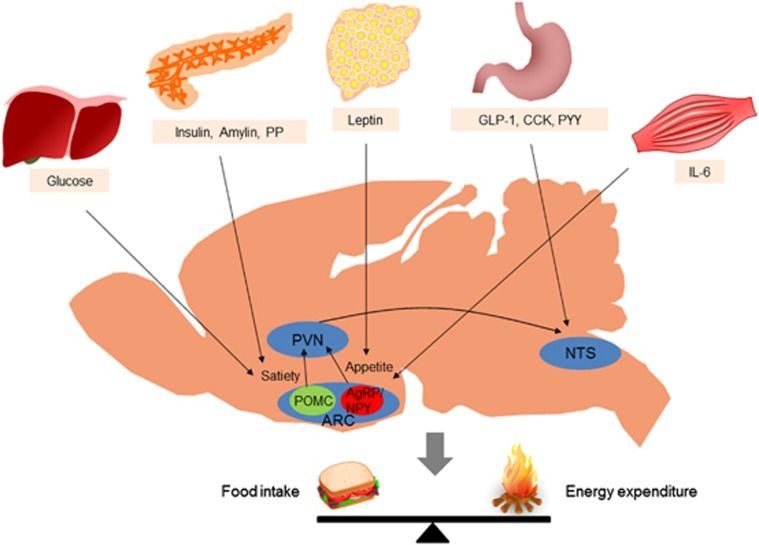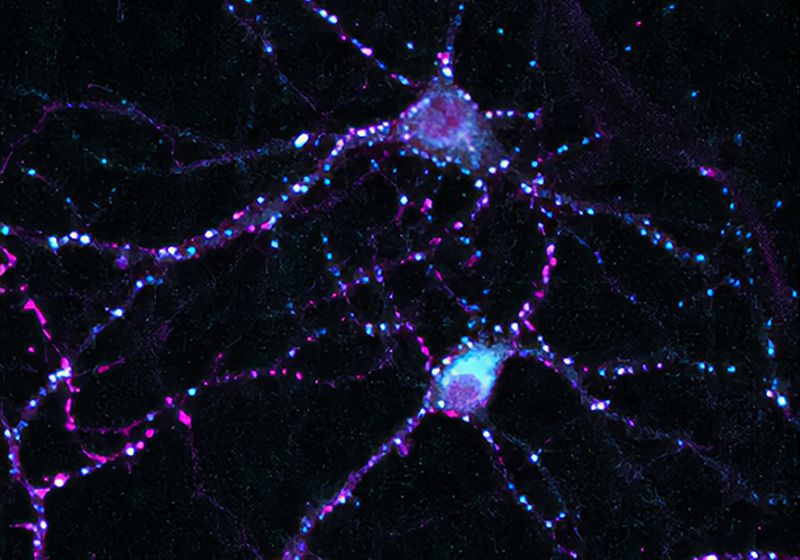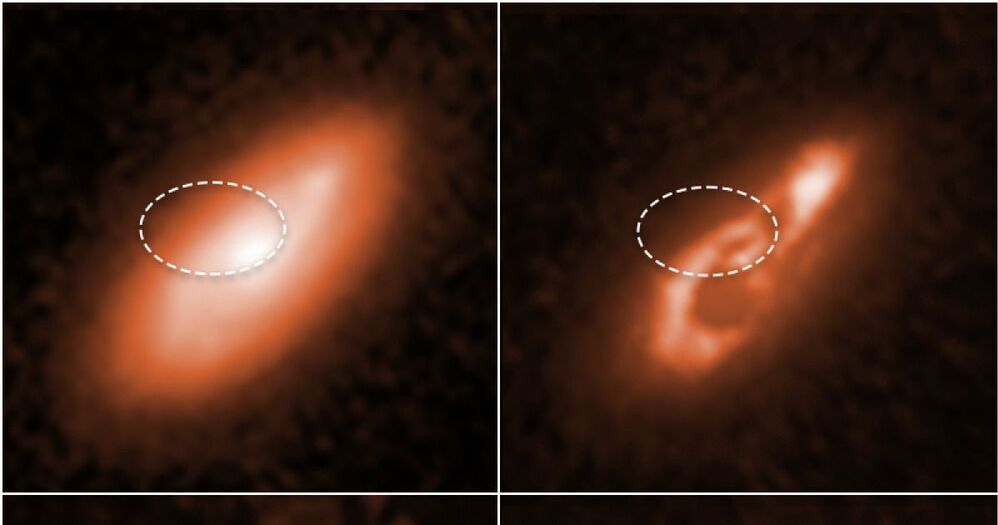
Five years on from the first discovery of gravitational waves, an international team of scientists, including from the ARC Centre of Excellence for Gravitational Wave Discovery (OzGrav), are continuing the hunt for new discoveries and insights into the Universe. Using the super-sensitive, kilometer-sized LIGO detectors in the United States, and the Virgo detector in Europe, the team have witnessed the explosive collisions of black holes and neutron stars. Recent studies, however, have been looking for something quite different: the elusive signal from a solitary, rapidly-spinning neutron star.
Take a star similar in size to the Sun, squash it down to a ball about twenty kilometers across — roughly the distance from Melbourne airport to the city center — and you’d get a neutron star: the densest object in the known Universe. Now set your neutron star spinning at hundreds of revolutions per second and listen carefully. If your neutron star isn’t perfectly spherical, it will wobble about a bit, and you’ll hear a faint “humming” sound. Scientists call this a continuous gravitational wave.
So far, these humming neutron stars have proved elusive. As OzGrav postdoctoral researcher Karl Wette from the Australian National University explains: Imagine you’re out in the Australian bush listening to the wildlife. The gravitational waves from black hole and neutron star collisions we’ve observed so far are like squawking cockatoos — loud and boisterous, they’re pretty easy to spot!

















